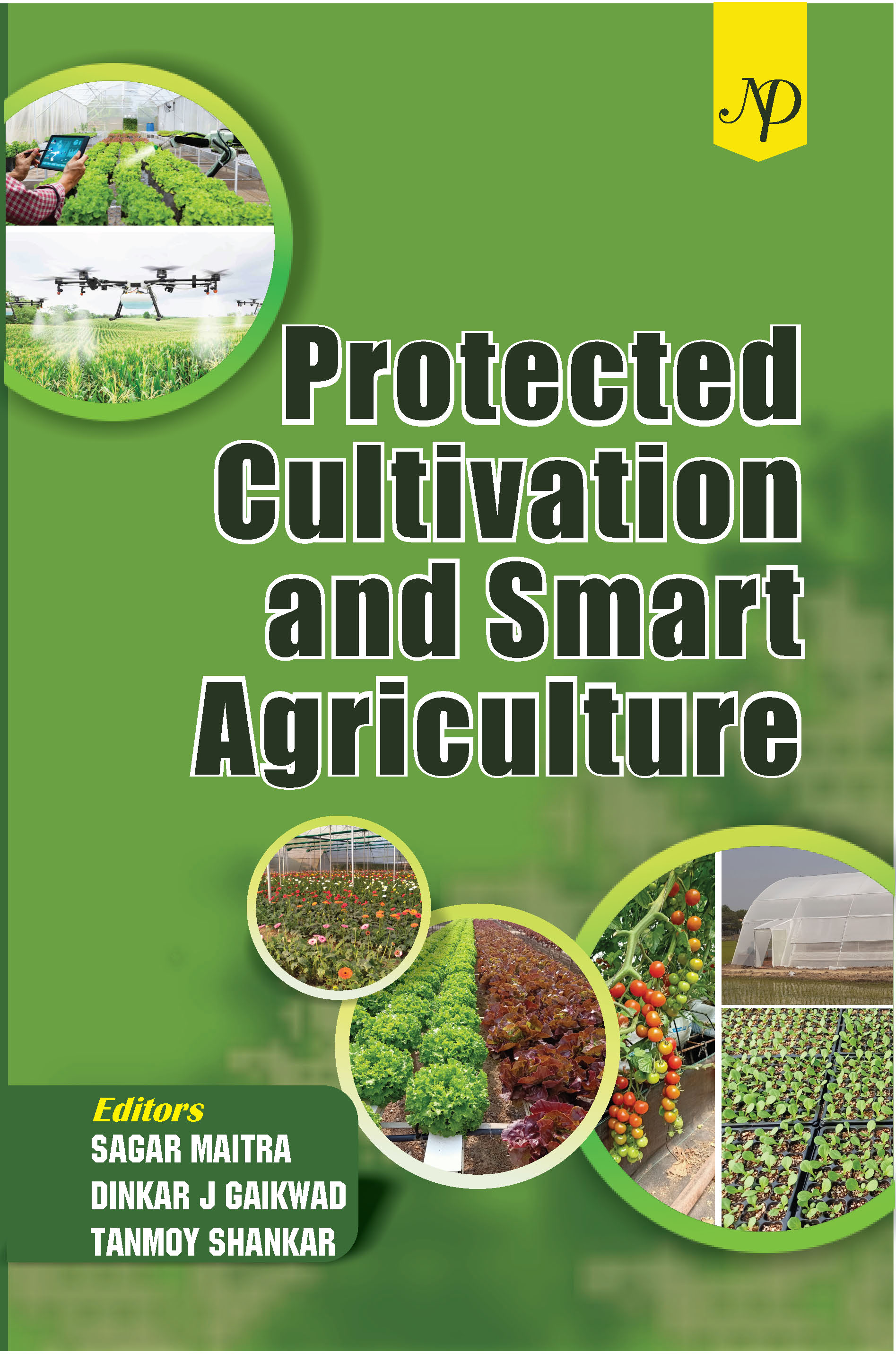Cart
- No products in the cart.
Protected Cultivation and Smart Agriculture
Sale!
Protected Cultivation and Smart Agriculture
ISBN NO:9788194899327 PAGES :363 PAPER TYPE: HardboundAuthor(s) / Editor(s):
Sagar Maitra, Dinkar J Gaikwad and Tanmoy Shankar
During present days, agriculture in developing countries is facing tremendous challenges due to adverse impacts of global warming as well as climate change, volatile marketing system, declining farm productivity and degrading natural resources. Farmers are trying hard to meet the market demand with quality produces targeting choice of the valued customers. In the era of open economy, consumers are familiar with delicate and superior products of their preference. Progressive farmers are adopting latest and proven technologies of protected cultivation to bring quality products to the market. Protected cultivation is one of answers to most of the burning issues facing Indian agriculture including adversities due to uncertain and varying climatic conditions, climate change, improper uses of inputs and low productivity. Under this situation, protected cultivation can assure production of quality crops, assist to enrich diversity of produces and nutritional security with profitability. Protected cultivation generally refers to providing congenial conditions for better plant growth and it makes possible by controlling the climatic conditions fully or partially. It has a long heritage and it was adopted in the early part of the Roman Empire in temperate region during the first century AD. In the present day, it has become popular among the farmers of the tropical countries and the common interventions include greenhouses, shade-net houses, insect net houses, plastic tunnels, row covers, polyethylene film mulching and so on. The soil-less culture or hydroponics is also becoming popular. To maximize the input use efficiency in agriculture, there is need for providing precise inputs for a target output and it is possible by adoption of precision technologies. Precision agriculture, also known as smart agriculture, guides to manage the crop in site-specific
manner with optimum use of inputs for a sustainable agricultural production. The book entitled ‘Protected Cultivation and Smart Agriculture’ focuses above aspects of
contemporary farming. The book is comprised of five parts: I. Fundamentals of Protected Cultivation; II. Protected Cultivation of Vegetables and Fruits; III. Protected Cultivation of Flowers; IV. Hydroponics; V. Smart Agriculture. Under each segment, relevant chapters have been included. Editors expect that the book will be able to fulfill the requirement of the progressive farmers, students, researchers and hobbyists.

